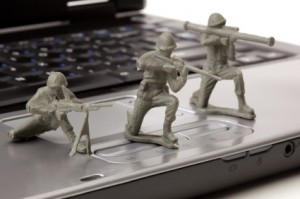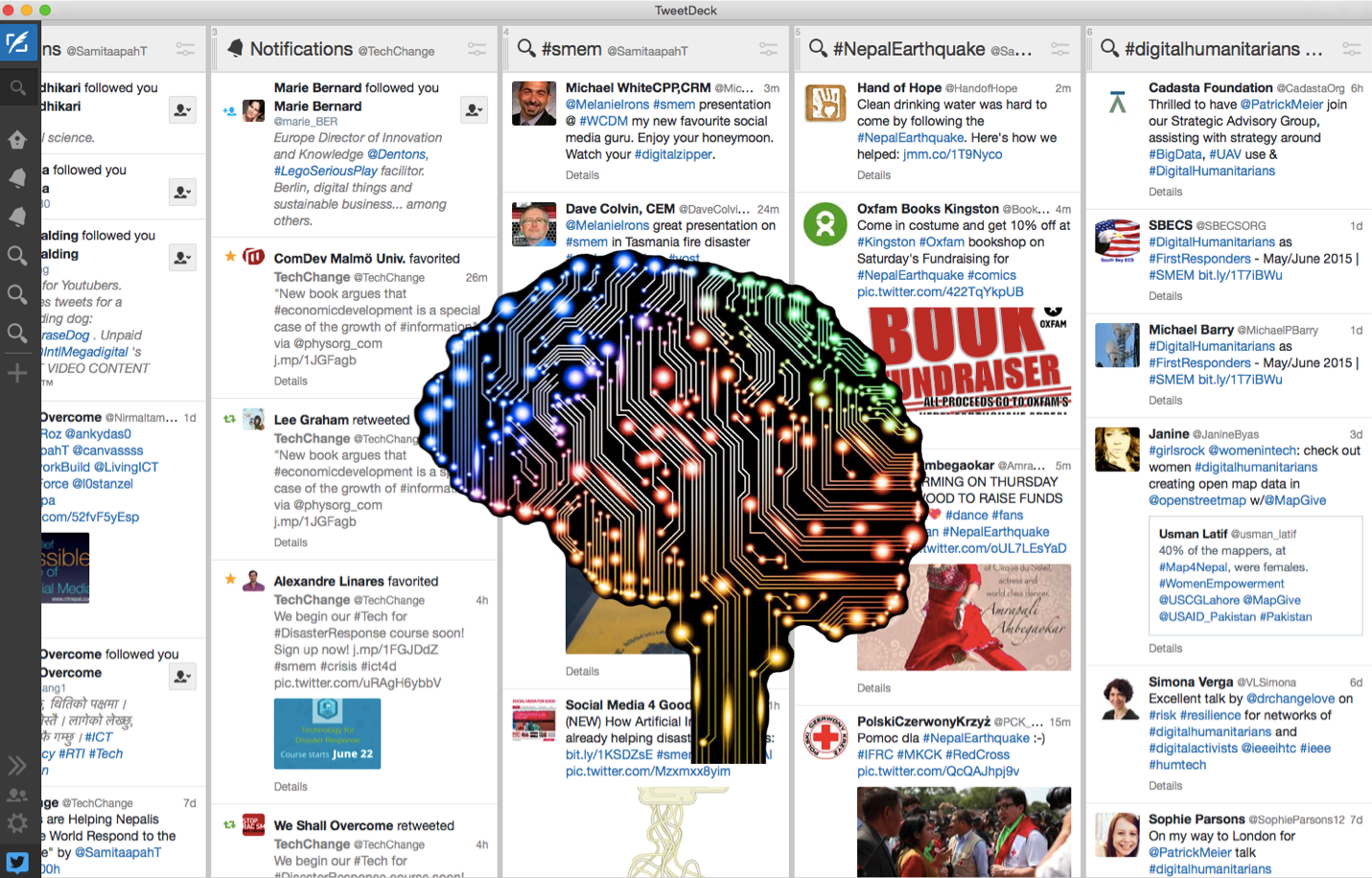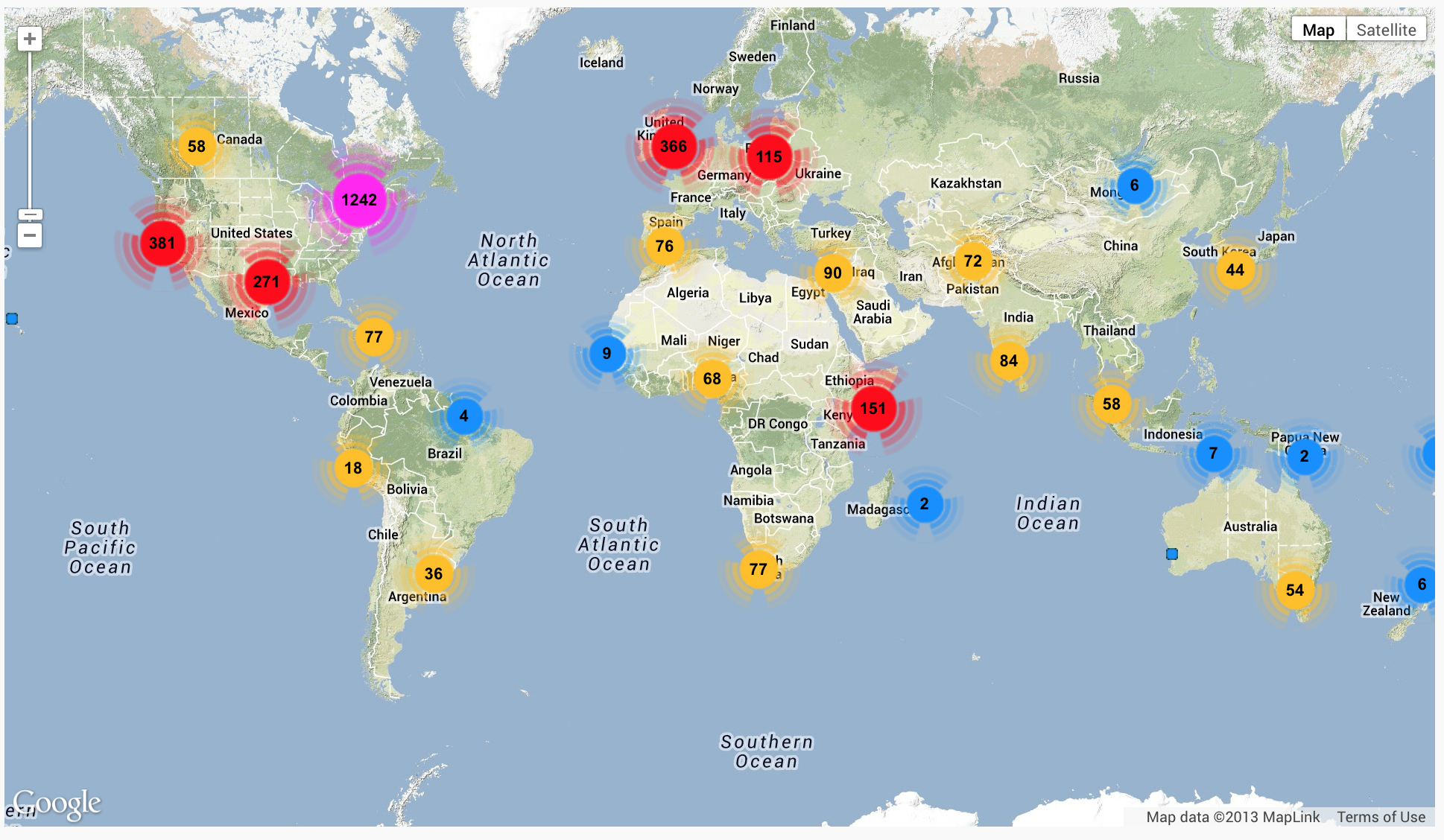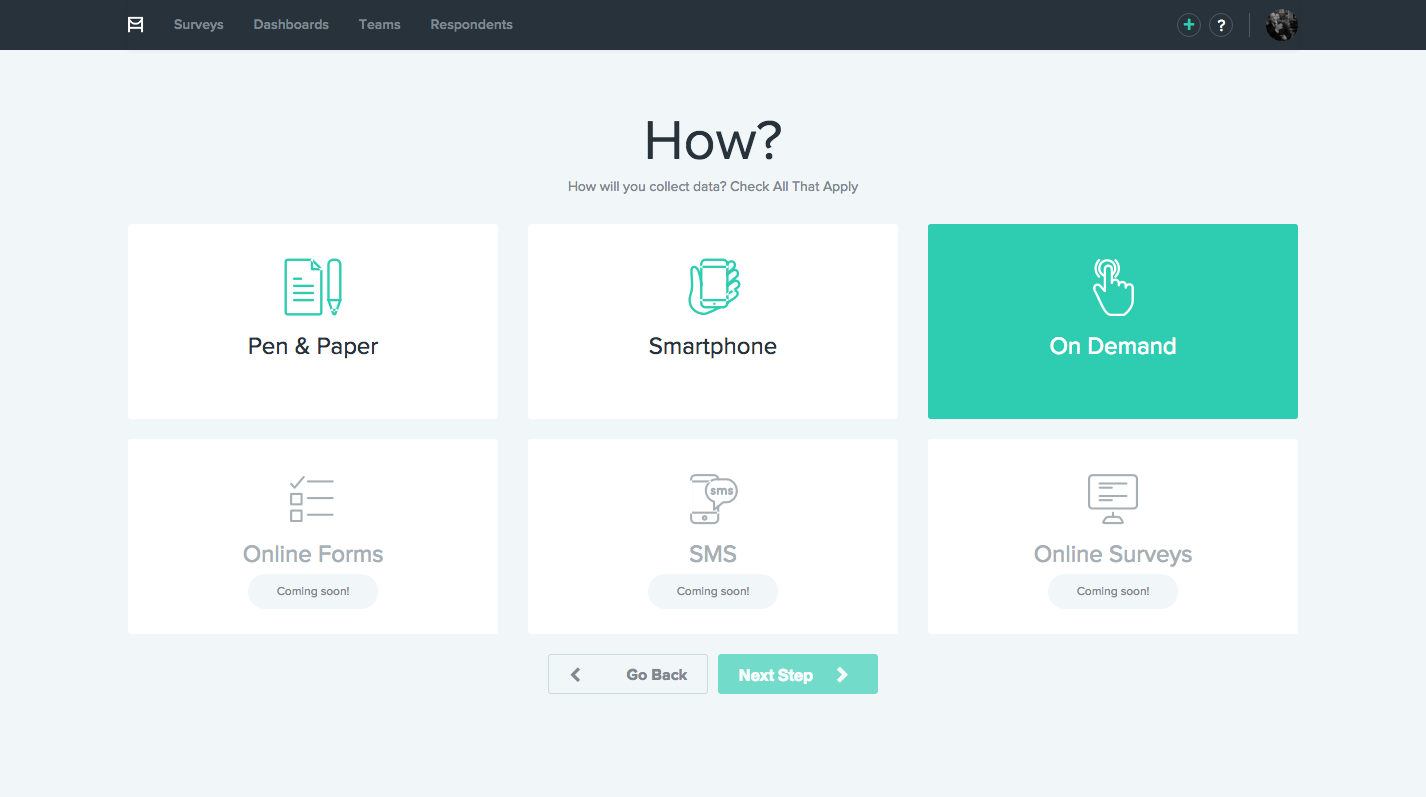Sitting in the 140conference in Washington, something got my attention. Or should I say someone. His name is Blake Hall, co-founder of TroopSwap, a recent Harvard Graduate and Army Captain. Initially, he just made me feel inadequate, and then he started his presentation by saying: “ I was asked here to speak about Enterprise 2.0 and the military”. As any good conference attendee would, I instantly Googled the term Enterprise 2.0. Half expecting to see a page full of Star Trek references, I was instantly surprised about how big of a deal this concept is.
 So what is it? MIT Professor Andrew McFee says it’s “the use of emergent social software platforms by organizations in pursuit of their goals”. I would say, it’s a fancy term for taking the hassle out of email and using cool applications to speed up the spread of information to a lot of people.
So what is it? MIT Professor Andrew McFee says it’s “the use of emergent social software platforms by organizations in pursuit of their goals”. I would say, it’s a fancy term for taking the hassle out of email and using cool applications to speed up the spread of information to a lot of people.
Point-to-point communication can be slow, cumbersome and at times inaccurate. Blake Hall showed this using an example from his time in Dora, Central Baghdad also referred to as Al-Qaida’s Alamo. The sum of the story is that important information was slow to be relayed and as a result, an American Solider was injured. Blake’s answer to this issue: Enterprise 2.0 techniques would have allowed the perfect storm of RSS alerts, Google PageRank software, secure blogging and Twitter accounts to come together and make real time information available to those in charge of the decisions and ultimately prevent the incident from happening.
Enterprise 2.0 fills the holes in point-to-point communication with a secure way to make important, real time information, available to everyone who needs it. Enterprise 2.0 has the potential to liberate us from the constraints we face in everyday communication like email and sets the stage for what I would call a collective intelligence.
Beyond the military, Enterprise 2.0 shows great promise for all groups and organizations, both local and international, to streamline important information and encourage collaboration within the group. Government, NGO’s, non-profits, education, and the like, would in many ways be better equipped to manage and disperse information amongst all members. The statement, two heads are better than one, comes to mind when I think of the many ways Enterprise 2.0 can open up the avenues and efficiency of communication.
If you’re interested in learning more about Enterprise 2.0 for the military you can read Blake Hall’s speech, or check out Peter Corbett’s Apps for the Army.



